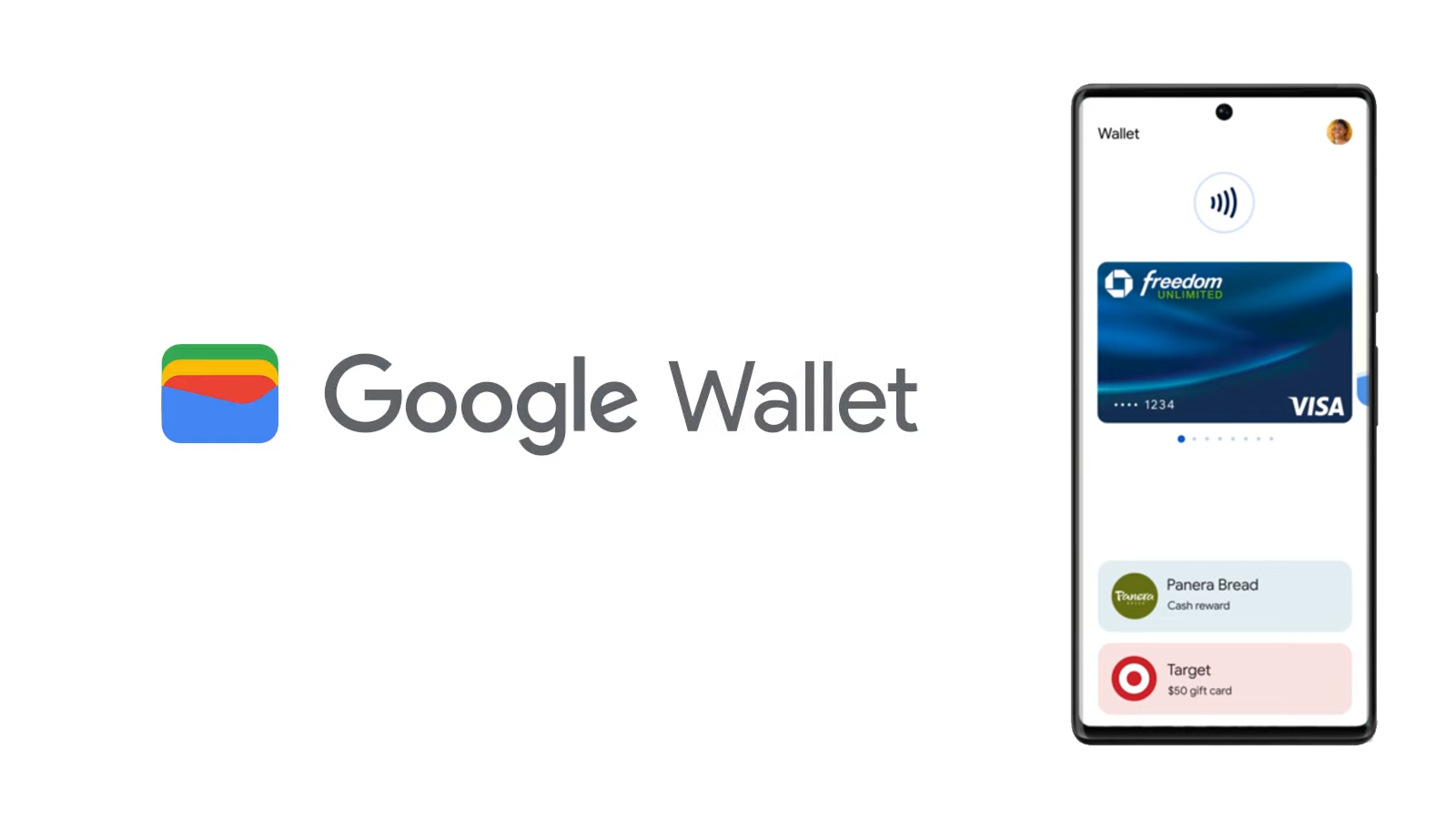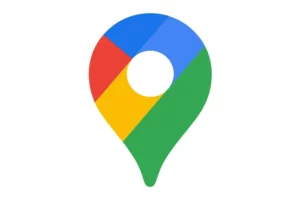In a move that surprised many users, Google recently announced that it is shutting down its Google Pay app in the United States. Google Pay, which replaced Android Pay just a few years ago, is itself being replaced by a new app – Google Wallet.
This latest shift is just the most recent chapter in the long and often confusing history of Google’s mobile payment apps. Over the years, Google has launched and subsequently shut down numerous apps in an attempt to gain a foothold in the mobile payment space.
In this post, we’ll take a look back at the winding road of Google’s payment apps and try to make sense of Google’s past, present, and future approach to mobile payments.
The Early Days: Google Wallet (2011)

Google first dipped its toe in the mobile payment waters back in 2011 with the launch of Google Wallet. Available exclusively on Sprint Nexus phones, Google Wallet allowed users to store debit cards, credit cards, loyalty cards, and gift cards on their phone.
Using NFC (near field communication) technology, Google Wallet let users tap their phone at supported payment terminals to pay for goods and services. Retail partners for Google Wallet included Subway, Walgreens, and more.
While innovative, Google Wallet never gained mainstream traction. Reasons cited for its lack of adoption included limited retail support, availability limited to only a few devices, and competition from other tech giants.
Android Pay Arrives (2015)
In 2015, Google relaunched its mobile payment efforts with a new app and brand – Android Pay. Available on a wider range of Android devices, Android Pay focused solely on contactless in-store payments using NFC technology.
Android Pay achieved wider adoption than Google Wallet, thanks in part to Apple Pay raising awareness of mobile wallet payments. However, Android Pay was still a distant second fiddle to Apple in terms of user base and transaction volume.
Enter Google Pay (2018)
Looking to simplify and consolidate its mobile payment branding, Google rebranded Android Pay as Google Pay in 2018. The updated Google Pay app incorporated additional functionality beyond contactless payments, including the ability to store loyalty cards, make P2P payments, and more.
The expanded capabilities were part of Google’s efforts to close the gap with Apple Pay. However, Google Pay continued to languish behind its mobile payment rival in the US.
Why Is Google Shutting Down Google Pay in the US?
Google has not provided an official rationale for why it is shutting down Google Pay in the US. However, industry observers have put forth several theories behind the surprising move:
- Google is looking to streamline its fractured mobile payment offerings like Google Pay, Gmail Pay, Google Fi mobile payments, etc. Removing Google Pay may be an effort to reduce confusion and consolidation services.
- Google Pay was unable to gain significant market share in the US against Apple Pay and other wallet apps. The shutdown may signal Google conceding defeat in this very competitive market.
- Resource constraints may have forced Google to pick winners and losers amongst its portfolio of apps and services. Google Pay may have been depriotized due to lack of adoption.
What Does This Mean for Google Pay Users?
The shutdown of Google Pay in the US means users will need to migrate to an alternate mobile payment app. Google is directing existing Google Pay users to its newly relaunched Google Wallet app.
For US-based Google Pay users, you should begin the transition to Google Wallet if you wish to continue using a Google mobile payment app. Please be aware that Google Wallet is not available in all countries, however.
If you reside outside the US and have relied on Google Pay for contactless payments or online checkouts, you don’t need to change anything currently. Google has not announced plans to discontinue Google Pay support globally.
The Return of Google Wallet

The replacement app for Google Pay in the US is a newly updated Google Wallet. Interestingly, this represents the return of the Google Wallet brand that kicked off Google’s mobile payment ambitions over a decade ago.
The latest iteration of Google Wallet combines features of the legacy Google Wallet app along with capabilities and cards previously found in Google Pay. This includes the ability to:
- Store credit, debit, gift, and loyalty cards
- Make contactless payments using NFC technology
- Send and receive money with friends (P2P)
- Checkout faster online and in apps
In essence, Google is looking to consolidate the capabilities of Google Pay into its new Google Wallet app. Whether Google Wallet finds more success this time around remains to be seen.
The Winding Road Continues…
If the past decade is any indication, the winding road of Google’s payment apps still has many twists and turns ahead. While the latest shift catches US Google Pay users in its dust, there is still worldwide support for Google Pay for the time being.
And even in the US, existing Google Pay functions have been largely replicated under the new Google Wallet branding. So the consumer experience likely won’t change too drastically in the short-term.
However, Google’s long-term ambitions in the mobile payment landscape remain cloudy at best. The back and forth shifts between apps and branding point to a company still looking to define its strategy. With Apple Pay firmly entrenched in the US, Google will need to assemble a coherent payment solution if it hopes to catch up.
For now, strap in and prepare for more twists and turns on the winding road of Google payments!
















Add Comment